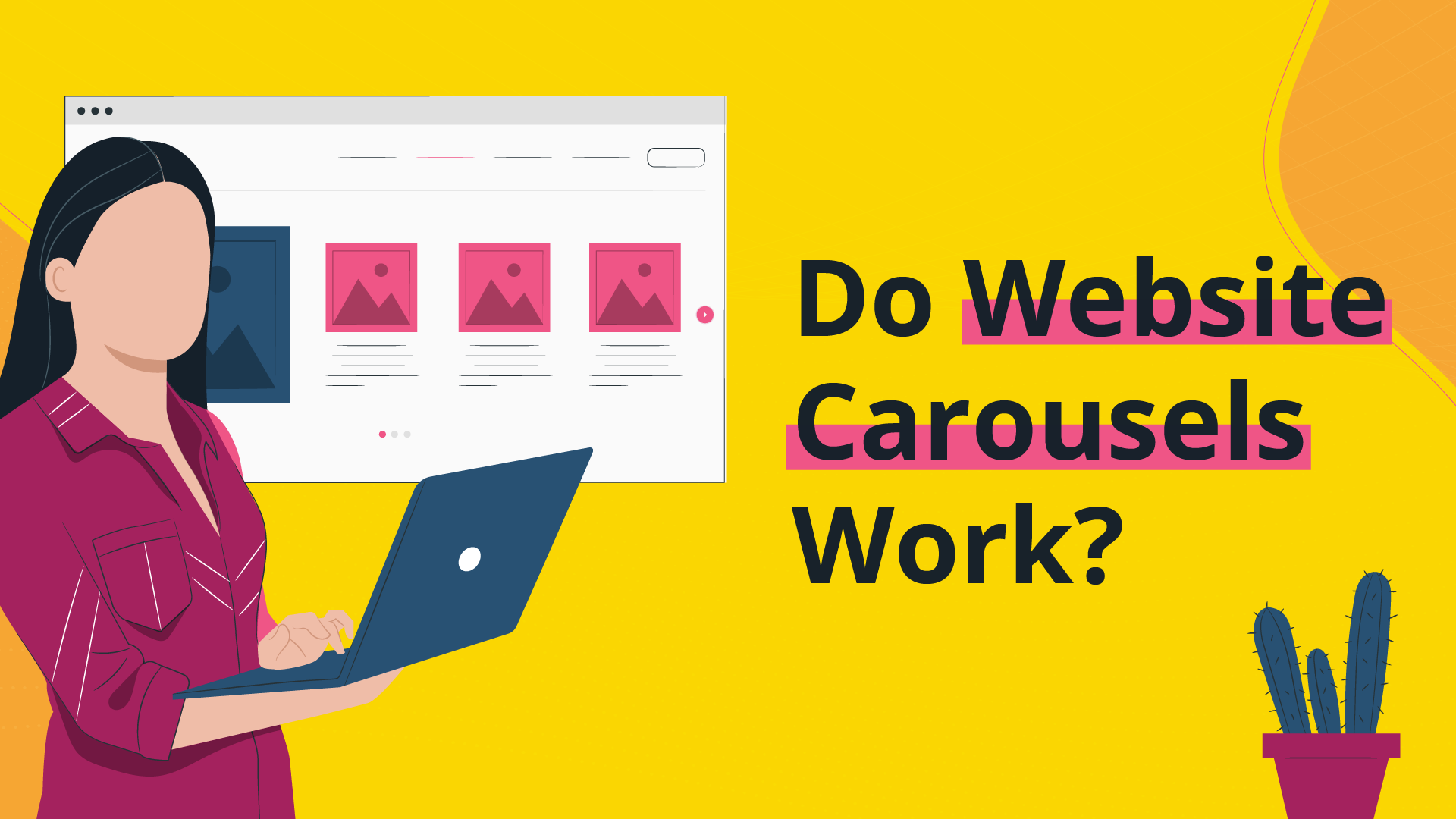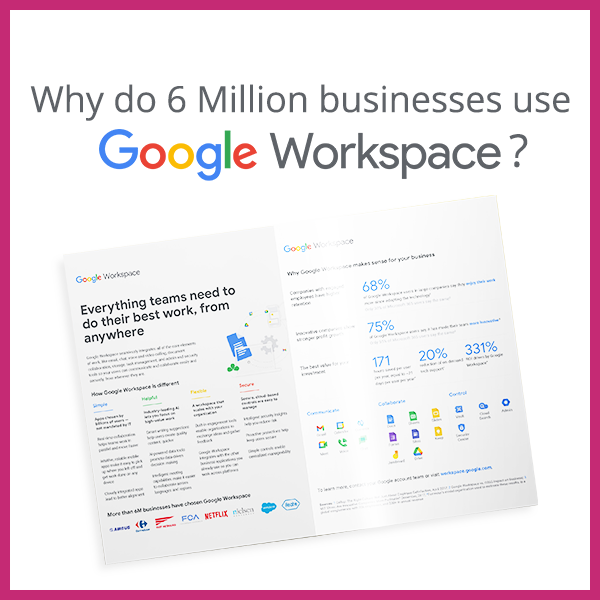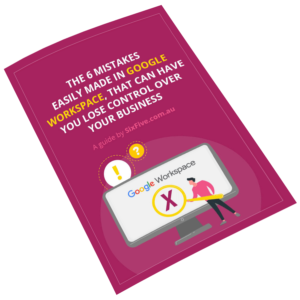
Ever seen dynamic slideshows on a website’s homepage or other key pages? Those are carousels, or a series of interactive panels designed to showcase multiple pieces of content – such as images, videos, or messages – within a limited space.
They either slide by themselves or you can click through to view the next piece. They’re great for highlighting promotions, featured products, announcements, and more, without cluttering up the page.
But does that mean they’re always a great add-on to your website? Let’s find out!
People Often Resort to Website Carousels Because They Think…
“I Should Show Off All of My Stuff on the Top of My Website”
No, you shouldn’t. What you should do is distribute your page’s content in a way that guides users through a clear and focused journey.
That’s particularly true if the visitors to that page need more “convincing” that your product or service is right for them. Inevitably, they will need more sections, more copy, more testimonials, more case studies…and you can’t just cram them all together. Well, you could, but that wouldn’t look great…
“People Won’t See My Content If It’s Not Right at the Top!”
Oh yeah, they will. As long as your website is strategically built and written with your ideal visitors in mind, they will. And by the way, stuffing all your content in a tiny space won’t do anything if that content doesn’t resonate with your audience!
This misconception is right up there with “people don’t read online” and “everybody skims”.
“Carousels Have Clickable Text/Buttons, Which Means They’ll Keep Visitors Engaged!”
This one isn’t exactly a misconception. Remember Dee Dee from Dexter’s Laboratory? She used to love pressing buttons for no apparent reason. She just wanted to see what they did. Your website visitors are the same.
If there’s a shiny button inside a shiny carousel, curious users are more likely to click it. But will that engagement be worth it if it doesn’t necessarily translate to more qualified leads? More conversions?
How much better would it be to write intentional button copy to drive qualified visitors to the right pages? Think about it.
When are Website Carousels a Good Thing?
When They Load Fast
A fast loading speed is SEO 101. Yet, very often, carousels usually include way too many images or media files, which means they may be overloading your browser with high amounts of data. Plus, if the carousel has fancy animations or transitions all over the place, it could need more processing power from your device, making things even slower.
That’s why you need to make sure they’re optimized to load quickly by reducing image file sizes, reducing the number of carousel slides, using lazy-loading techniques, and prioritizing loading content above the fold.
When You Have Multiple Messages/Products to Highlight
Carousels are effective for presenting a lot of content in a limited space, allowing you to feature different products without cluttering the webpage. This is especially true for e-commerce websites featuring multiple offers at once (and it’s probably where you see carousels the most).
When They’re Responsive and Mobile-Friendly
Remember that some carousels might look fine on a big screen but look wonky on smaller devices. Be sure to always test them out on different devices (smartphones, tablets, etc.) to make sure they’re working smoothly regardless of where visitors are coming from.
And When Are They a Terrible Idea?
When You Don’t Make Them Interactive
Carousels that just switch on their own without any way for users to control them can be frustrating. Always be sure to add navigation arrows or indicators so users can freely move through the carousel at their own pace. This way, they’ll feel more in control of the experience and engage with your content as they please.
When They Hinder Accessibility
We tend to forget that some of our website visitors are unable to see images. While accessibility isn’t a direct SEO ranking factor, user experience is. What’s more, shouldn’t everyone be able to understand what your website is about?
By providing descriptive alt text for each image within the carousel, you help users with visual impairments to understand the content of your carousels — even if they can’t see the images.
When They Distract Visitors Key Content
Let’s agree on something: carousels can be flashy – they’re meant to draw attention. That can be a bad thing when they draw attention away from important information or the call to action on the webpage.
What’s the point of adding multiple pieces of content and call-to-action if they don’t align with your website’s conversion goals? An action-stuffed carousel can make users overlook essential content located elsewhere on the page, leading to decreased engagement and conversions.
Still Not Sure If Carousels Would Help or Harm Your Website?
In that case, book in for a website discovery session to discuss how we can help make your website a success for your business – carousel or no carousel.


